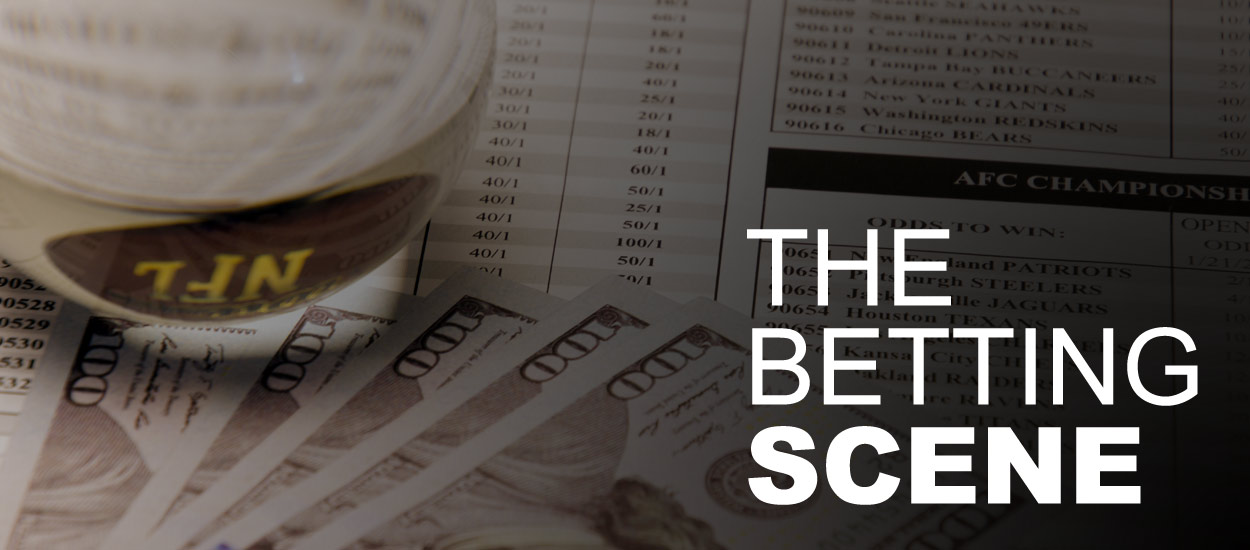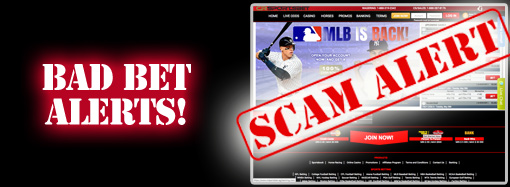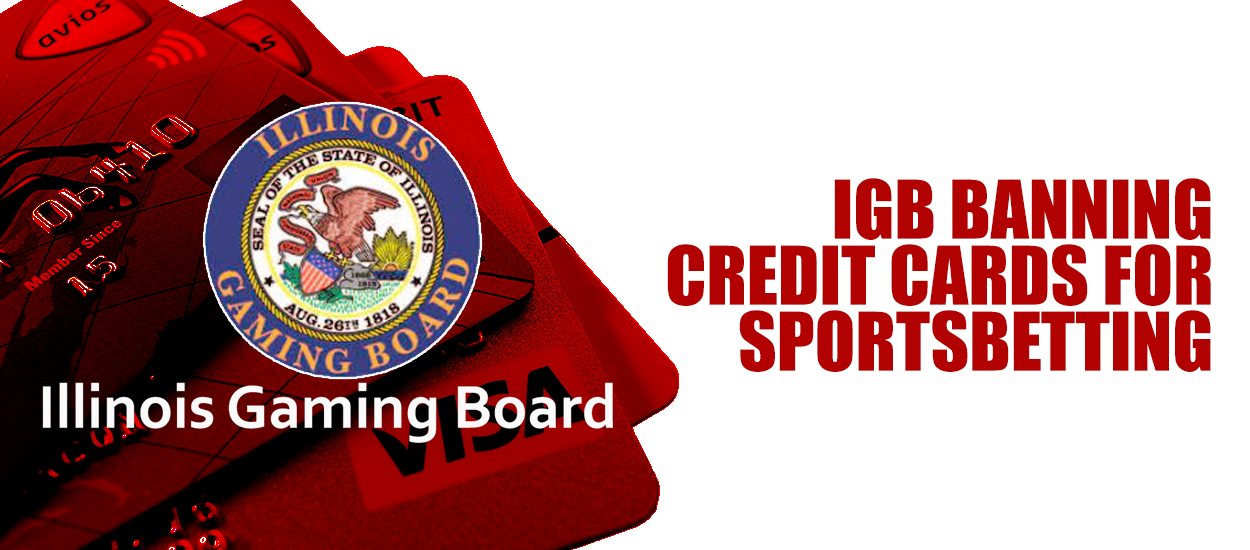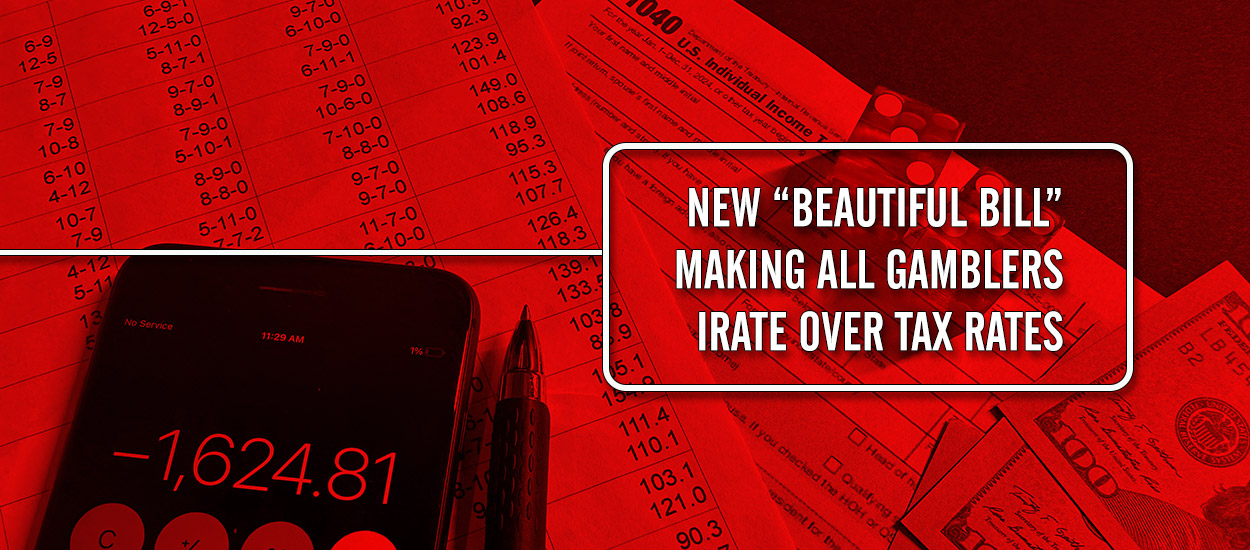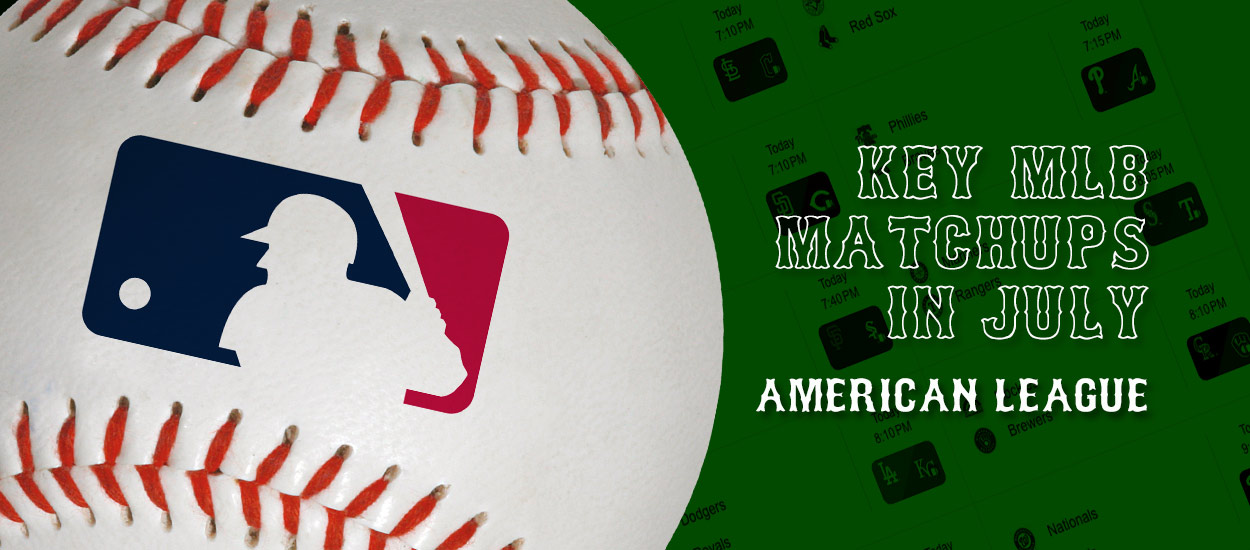Have you heard the term "balanced book" before?
If you're a bookie or at least in the industry, you've likely heard this term before. In this guide, we're going to explain how bookies balance bets to ensure a guaranteed profit.
Keep in mind, bookmakers don't try to balance every market. However, the amount of effort needed to balance a book will be dependent upon how big of a bankroll the bookie has to pay winners.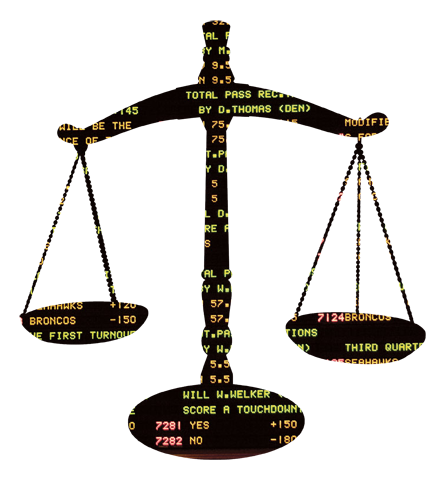 The big online bookies have deep pockets and they're not going to worry about balancing a prop market with $1000 wagered. However, a smaller local bookie needs to balance their book more often.
The big online bookies have deep pockets and they're not going to worry about balancing a prop market with $1000 wagered. However, a smaller local bookie needs to balance their book more often.
How to Balance the Books
Step One: Adjust the Betting Lines
The first step bookies should take to balance the book is to adjust the betting lines.
In some cases, the bookie should adjust or "shade" odds before even opening the market. Let's say you have a bunch of players in Pittsburgh that always bet on the Steelers to win on the moneyline. It is a good idea to shade the moneyline by $0.10-$0.15 before opening the market.
When a bookie is getting hammered on a line they didn't expect one-sided action on, they should always adjust the betting lines in order to try to balance out the book by getting action on the other side.
Step Two: Using a Layoff Account
What happens when a sportsbook can't balance the book and needs to lower their risk exposure?
The best PPH services will have a "layoff account". A layoff account allows bookies to balance their book by taking action from other bookies that are also trying to do the same thing. This will lower your potential profits on a market, but it also ensures you won’t take a huge hit.
A small local bookie can't afford having $2500 on one team and zero on the other team. That's too big of a gamble to take and that's where a layoff account can help mitigate the risk.
Is a Perfectly Balanced Book Realistic?
You’ll read some articles discussing the ability to guarantee profits by balancing the book.
While that can happen, which we'll illustrate, it's not overly common for individual markets. Let's say a bookie has ten $110 bets on the Patriots to cover -6.5 and ten $110 bets on the Bills to cover.
Since the point spread is -6.5, there can be no push (draw). In the example above, the bookie has collected $2200 in bets. If the Patriots cover, the bookie pays out $2100. If the Bills cover, the bookie also pays out $2100, which leaves a guaranteed profit of $100 for the bookie to pocket.
However, the chances of having a perfectly balanced book are few and far between
The goal as a bookie is to ensure that risk is mitigated, though. If you have lopsided action on one side of a bet, you need to follow the two steps above to lower your risk exposure on that market.
A balanced book is a profitable one
- In Price Per Head Bookmaking
- Tue, Apr 27th, 2021 2:46:15 pm
A bookmaker's job is to not just try to balance the book, but to mitigate risk.
Sign-up for the OSGA Newsletter!
Every week get news and updates, exclusive offers and betting tips delivered right to you email inbox.







